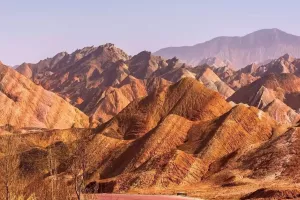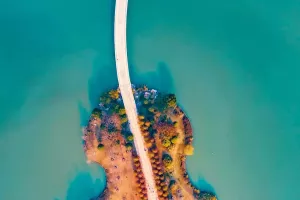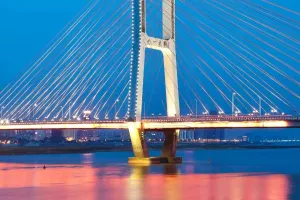Speaking of deserts, we are all familiar with deserts. Deserts are one of the five major landforms on the earth. The desert is in the impression of many people as a very dry place, the main reason is that it is far away from the ocean and is inland. A desert is a place where precipitation is extremely scarce and evaporation is much greater than precipitation.
But the world is so big that there are all kinds of strange things. There are some desert distribution areas in the world, which just subvert the traditional concept of many people. The place we are talking about today is rich in water resources, but it is a desert. Sitting on tens of billions of tons of water resources, but no grass grows. It is the most famous coastal desert in the world - the Namib Desert.
Despite its proximity to the sea, the Namib Desert is one of the oldest and driest deserts in the world; it begins on the border of Angola and Namibia and ends at the Orange River. It extends 2,100 kilometers along the Atlantic coast of southwest Africa, with a widest point of 160 kilometers and a narrowest point of only 10 kilometers.
Desert and ocean should be opposites, but in Namibia the two are perfectly combined. You can't imagine that there will be a sea in this vast desert.
It is the result of a cold snap hitting the Atlantic Ocean. Because the temperature is too low, the sea water not only cannot evaporate, but also absorbs the moisture that blows from the sea. Combined with thousands of years of geological changes, sea breezes eventually weathered the rocks on the mountain into fine sand and dust. Over time, the Namib Desert that we can see now was formed.
The Namib Desert is extremely dry, with less than 10 mm of annual rainfall, and almost no grass grows here. Plants that want to survive here must have a variety of adaptability. But it is precisely because of the arid environment here that the Namib Desert also has more rare species. Most of the wildlife here are arthropods and other small animals, and antelopes and lions are also found throughout the desert. In addition, near the coast, fishery resources are very rich, and many brown fur seals and water birds live.
At present, the Namib Desert has been included in the World Natural Heritage List by UNESCO.


